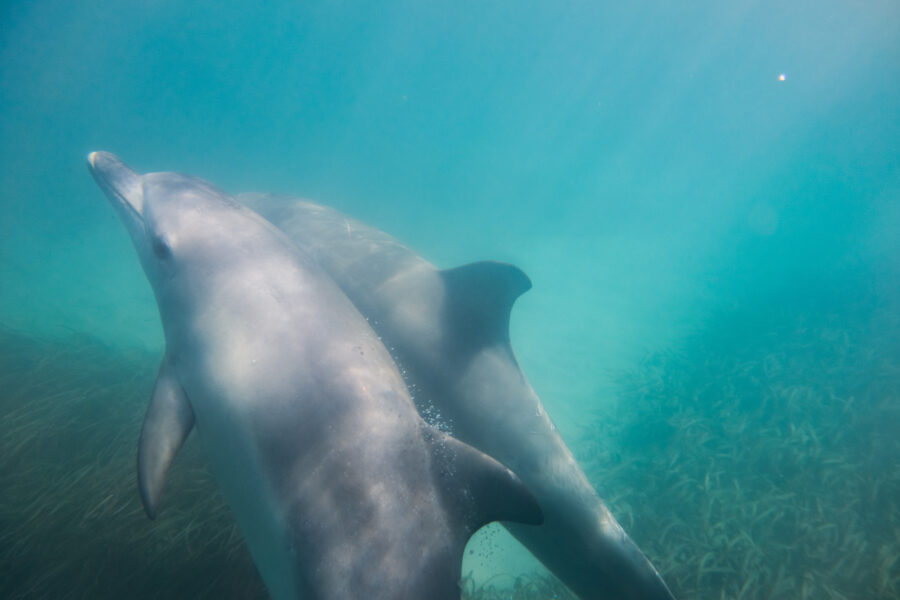
Male dolphins with close friends age more slowly
New research has found strong social bonds slow biological ageing in male dolphins.

New research has found strong social bonds slow biological ageing in male dolphins.
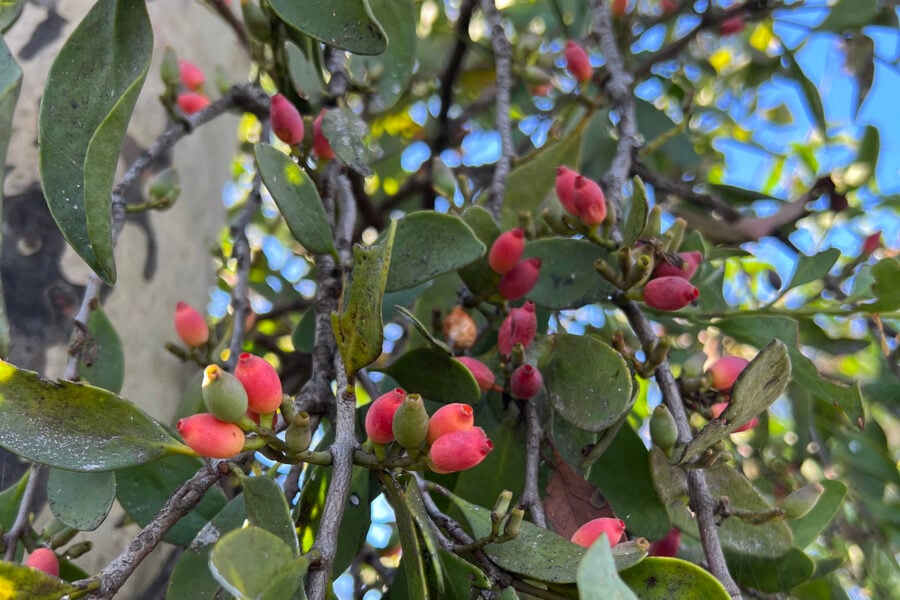
Once considered a ‘nasty’ parasite, Australia’s mistletoe is now hailed as a solution to biodiversity loss.
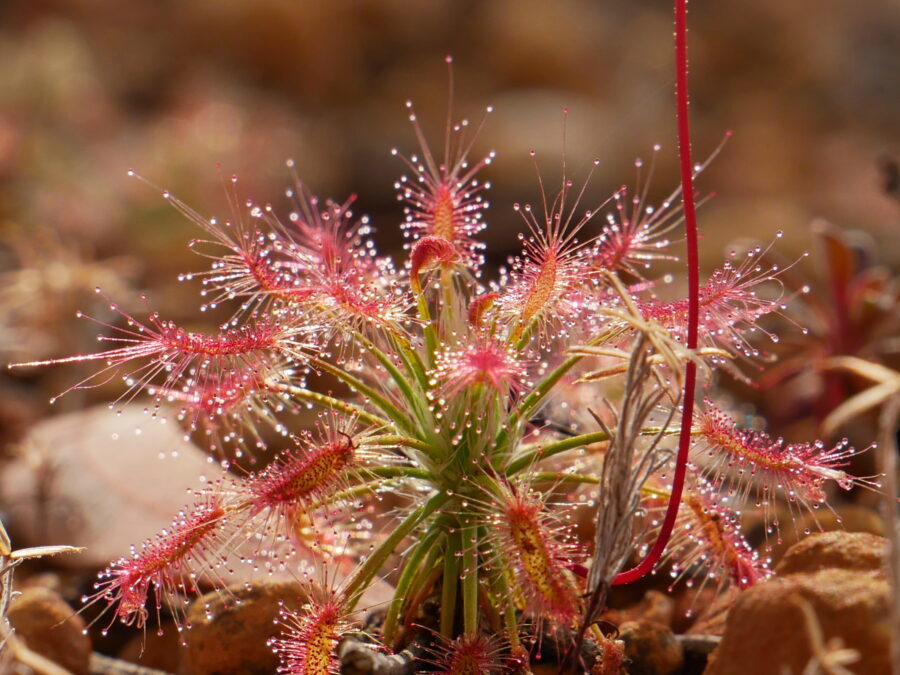
Conservationists have uncovered a large patch of insect-trapping sundews, one of Western Australia’s rarest carnivorous plants, just an hour outside of Perth.
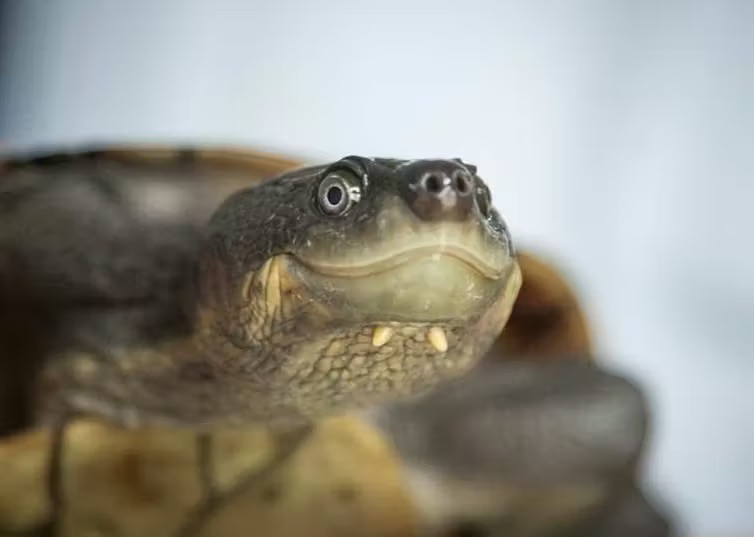
If someone mentions criminal gangs, you might think of drug trafficking or financial crime. But one of the most persistent illegal trades in the world flies largely under the radar: wildlife smuggling.
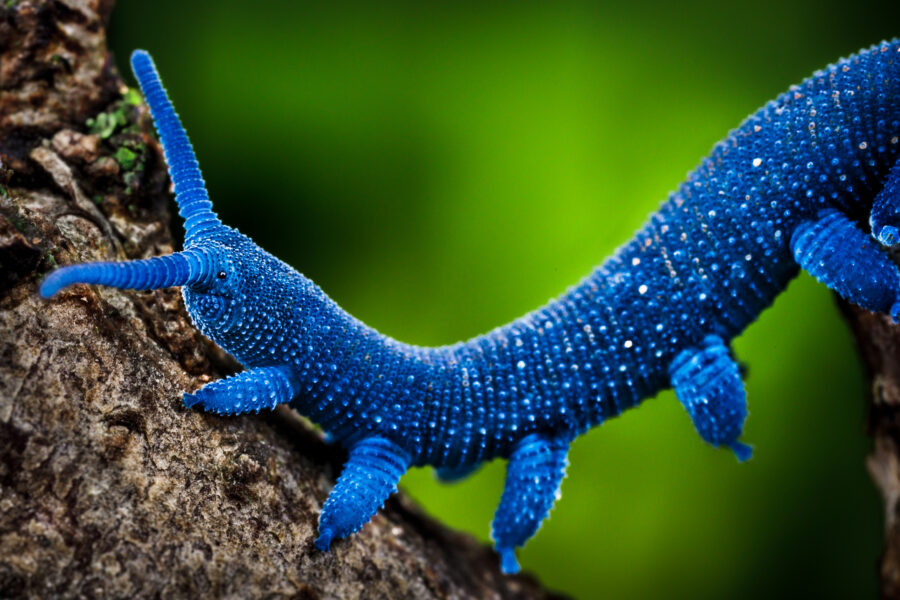
A discovery by international researchers suggests slime produced by Australian velvet worms could underpin new sustainable materials.
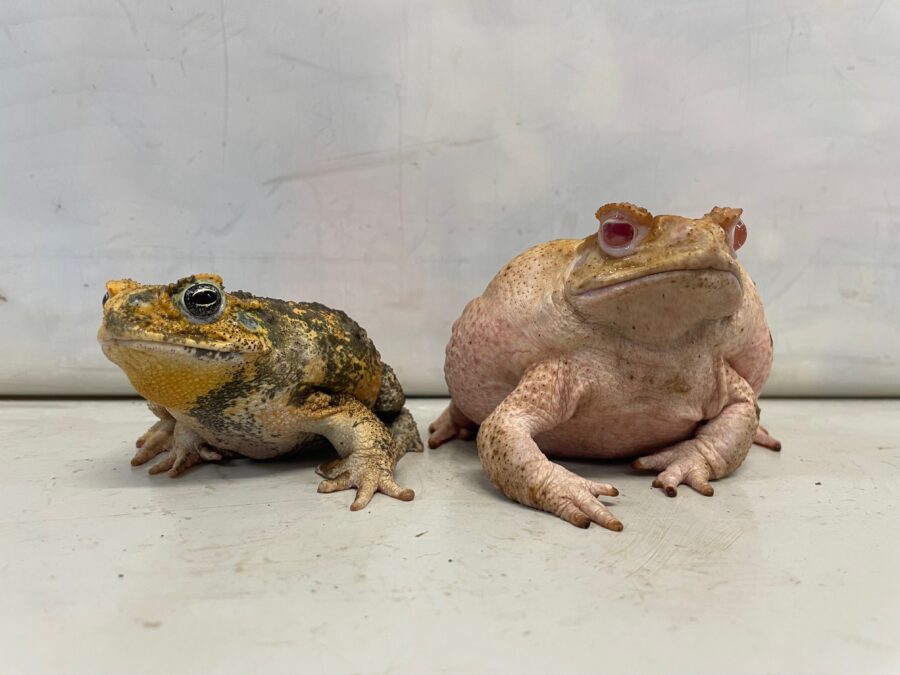
The cutting-edge CRISPR technology that’s already revolutionising human medicine and genetics is also being explored by Australian evolutionary biologists.
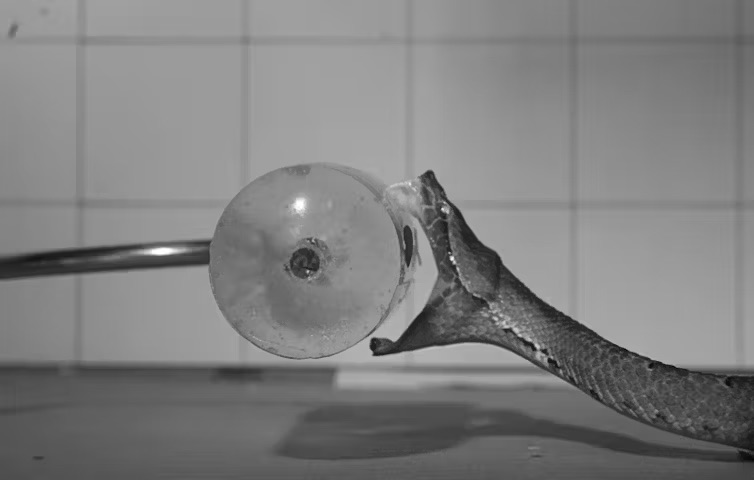
Advanced video techniques reveal exactly how snake bites work and show various snake species have evolved very different strategies.
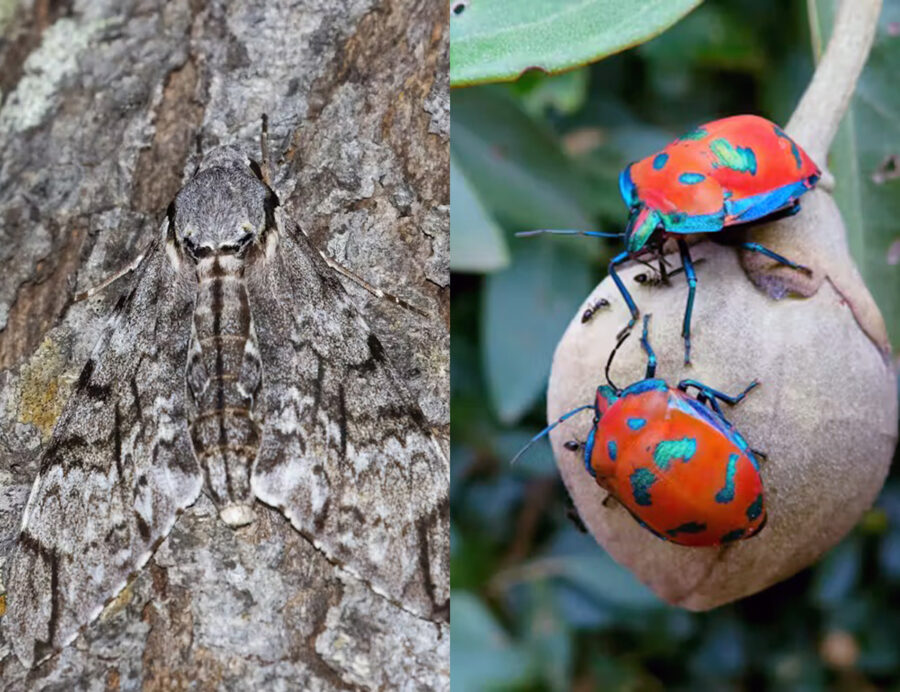
While some animals use camouflage to hide from predators, others use bright colour to warn predators off. But which strategy is more effective?
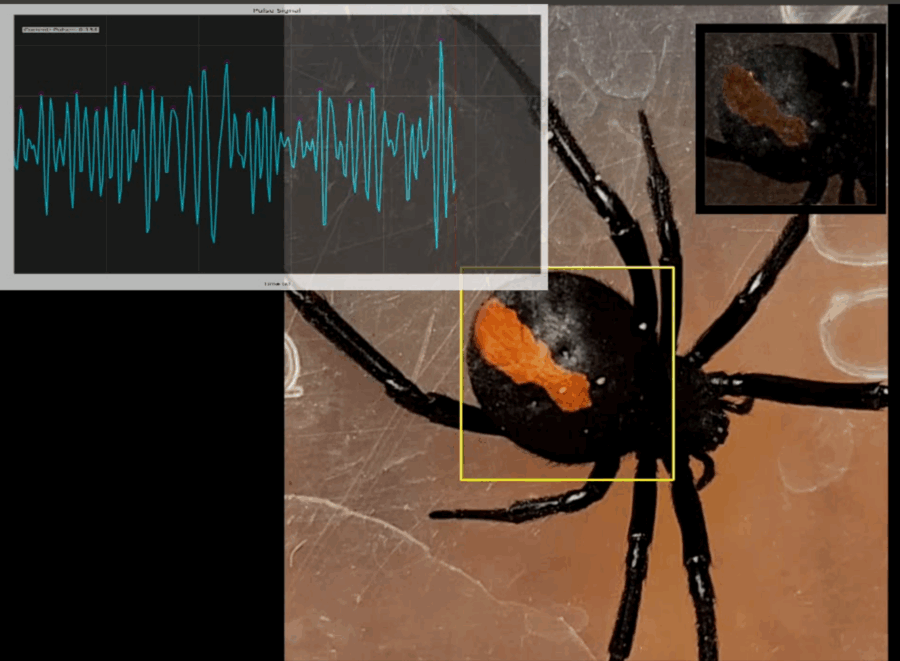
Measuring our own heart rate seems like a straightforward idea, but how would you go about taking the pulse of a grasshopper or a spider?
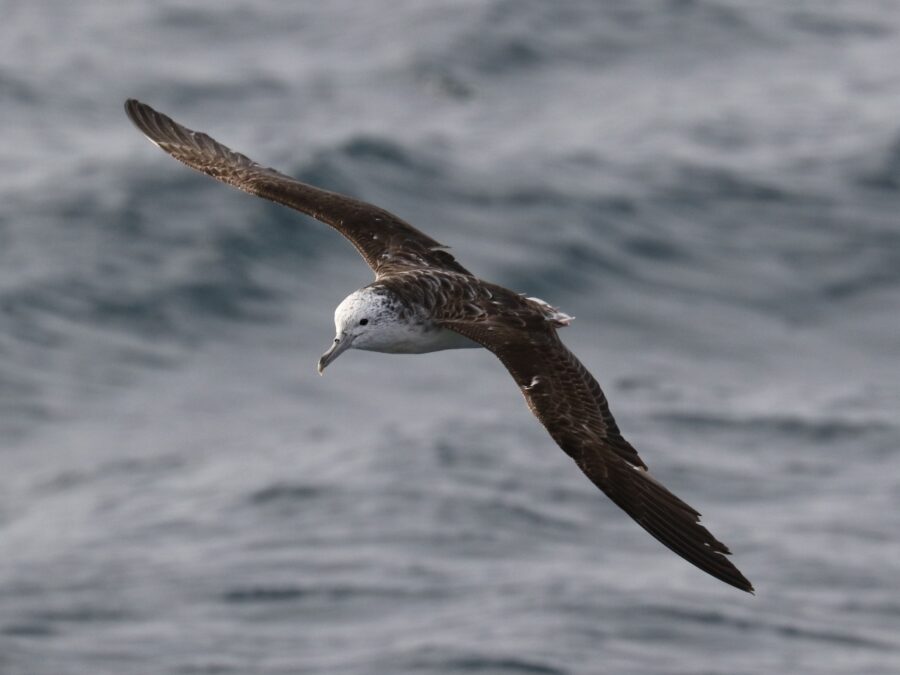
Researchers studying streaked shearwaters were surprised by their own discovery.